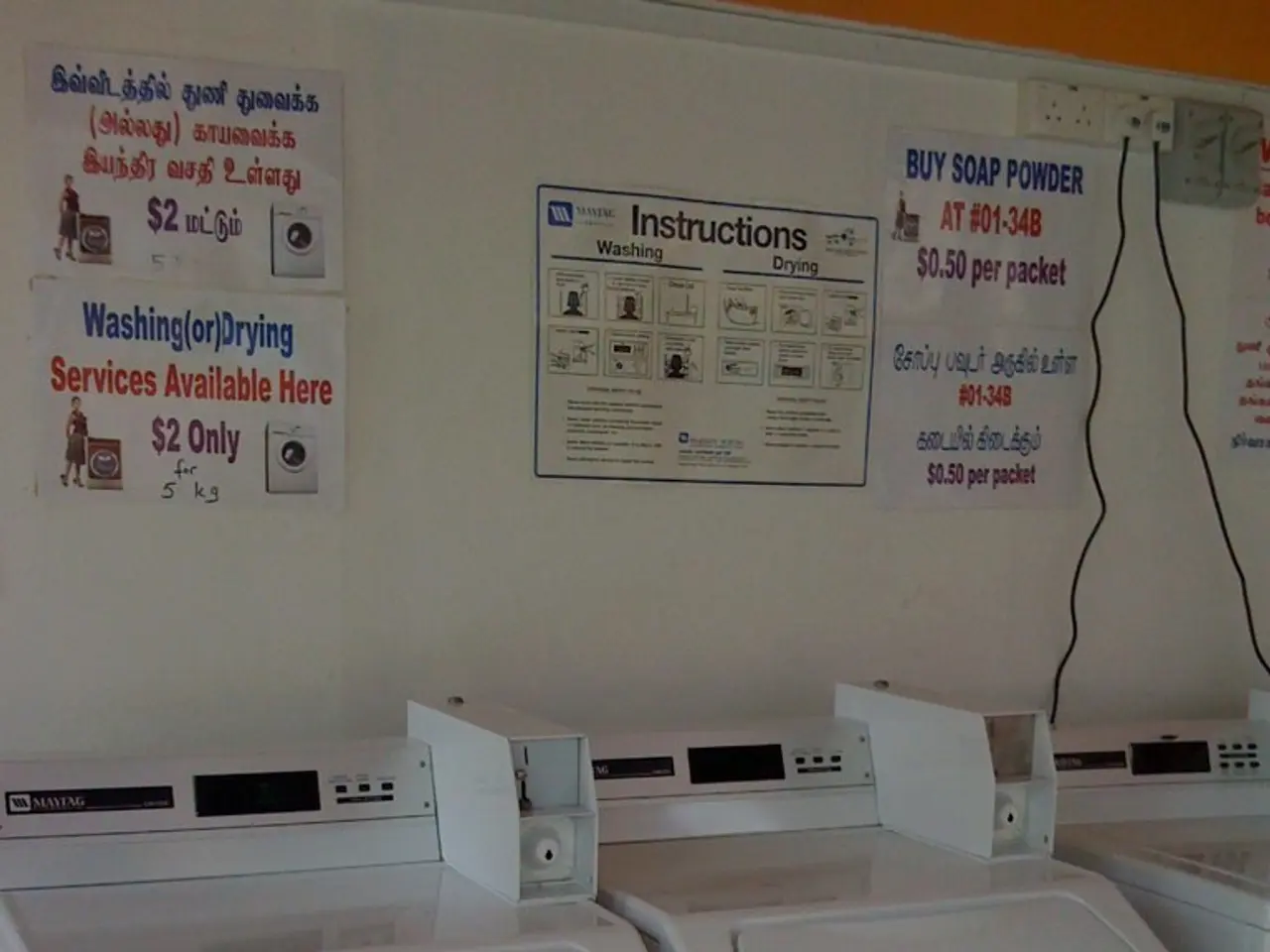Military Recruitment Shortfall Surpassed Prematurely by Air Force
The U.S. Air Force has successfully surpassed its fiscal 2025 recruiting targets three months ahead of schedule, marking a significant turnaround from previous years that saw a recruiting slump post-COVID-19 and the first missed goal since the 1990s in 2023[1][3].
To meet these goals amid fiscal constraints, the Air Force has modernized its recruiting strategies with several key evolutions. The service has updated how it attracts candidates, leveraging contemporary outreach and communication methods to resonate with today’s youth and career-minded individuals[3].
The Air Force has expanded its community outreach, investing in engagement across communities to build awareness and interest in Air Force careers. This approach has helped attract a larger and more diverse pool of applicants[3].
Recognizing that this generation of recruits is motivated by meaningful careers that provide a sense of purpose, security, and contribution to a larger mission, the Air Force highlights career growth opportunities and the importance of service in its messaging[3].
The Air Force has also continued to invest in Airmen, despite broader budget constraints. This investment has been noticed by potential recruits and contributes to increased enlistment enthusiasm, including record numbers in Special Warfare candidate pipelines[3].
These efforts have enabled the Air Force not only to meet but exceed recruiting goals early, with the Delayed Entry Program (DEP) at its largest in 10 years, illustrating strong future accessions[3]. The Space Force has mirrored this success, consistently hitting or exceeding its goals by attracting highly qualified candidates, many holding college degrees[3].
While broader defense budget issues remain complex and involve multiple congressional actions, the Air Force’s focused recruiting strategy under fiscal constraints demonstrates effective adaptation through targeted outreach, modernization, and appealing to the motivations of today’s recruits[4].
The Air Force's marketing now focuses on platforms where young Americans are most engaged, such as Instagram and YouTube[3]. The service has also expanded its reach through interactive events like air shows, robotics championships, and special operations field days[3].
Air Force Brig. Gen. Christopher Amrhein stated that there was no single policy adjustment or incentive structure that changed the recruiting landscape in 2024, but rather "multiple levers" contributed to the successful year[4]. This includes the reshaping of the recruiting strategy to better connect with Gen Z, the onboarding of over 400 additional recruiting personnel, and the adjustment of internal requirements such as revising tattoo policies, modifying the body composition program, and changing drug testing requirements[3].
The Army's highly successful soldier prep course is an example of such recruitment reforms[2]. The Marine Corps is also on track to meet its recruiting goals for both enlisted personnel and officers in 2025[4].
In conclusion, the Air Force's evolution in recruiting tactics amid fiscal 2025 budget constraints includes modernization, community engagement, and emphasizing career purpose — all contributing to surpassing recruitment goals months early despite continuing resolution challenges.
[1] Air Force misses recruiting goal for first time since 1999 [2] Army's Soldier Prep Course: A Success Story in Recruitment Reforms [3] U.S. Air Force Recruiting Strategy: A Modern Approach for a Modern Force [4] Overcoming Budgetary Challenges: The U.S. Air Force's Adaptive Recruiting Strategy
In light of the Air Force's modernized recruiting strategies, investing in outreach and community engagement has yielded results, attracting a larger and more diverse pool of finance-savvy and career-minded individuals, thereby bolstering business opportunities within the service. The Air Force's targeted approach, which focuses on contemporary platforms and events, underpins its success in surpassing recruiting targets, thereby expanding the industry's talent pool.




